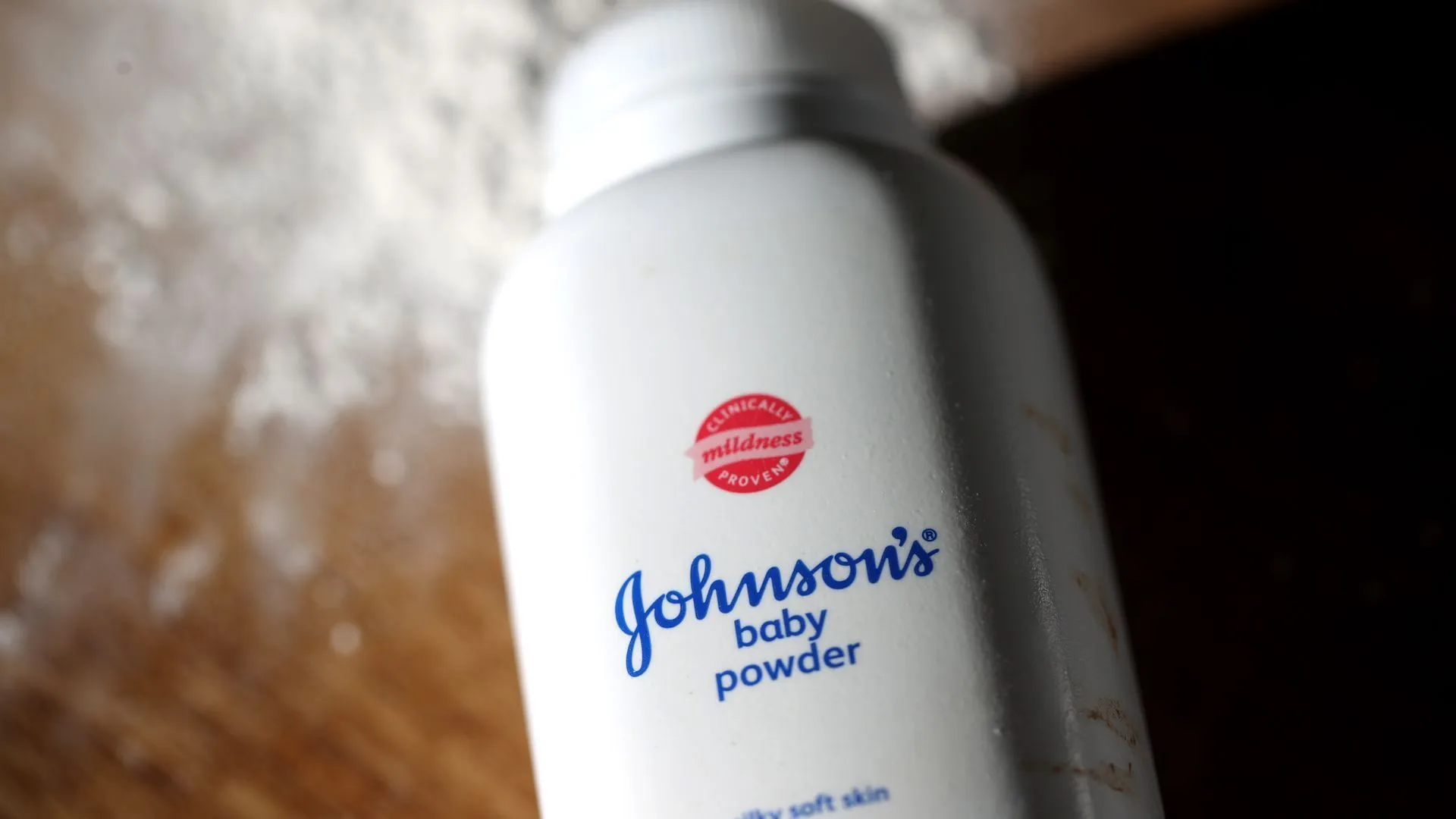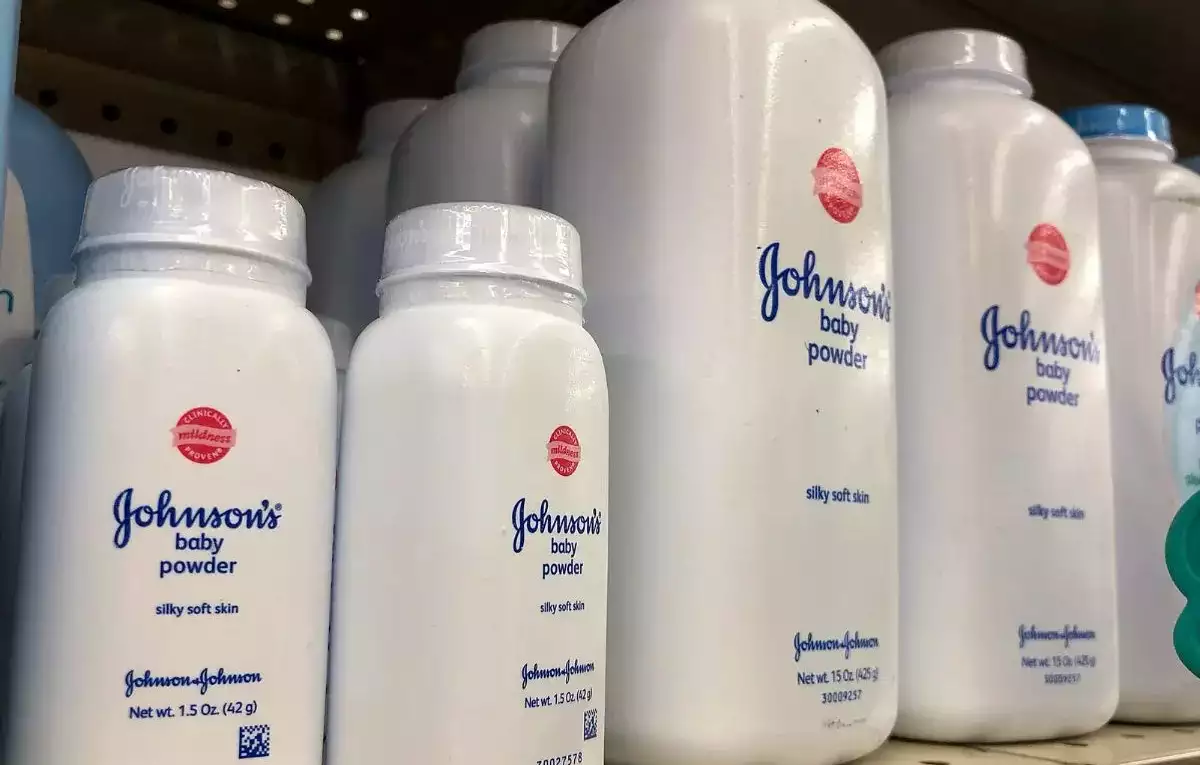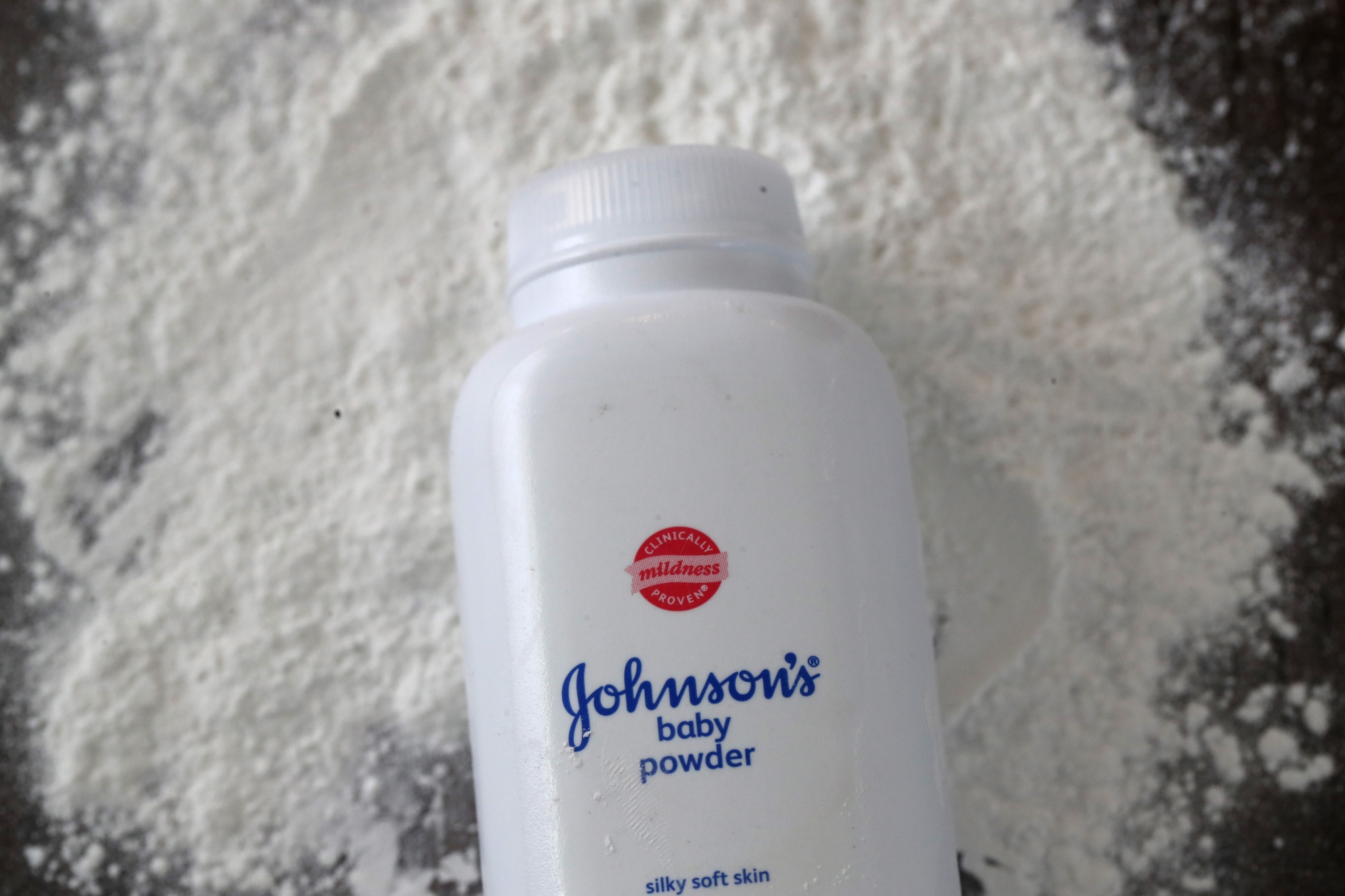In a significant development that could redefine corporate accountability and consumer safety in the healthcare sector, Johnson & Johnson has announced a monumental $6.5 billion settlement to resolve nearly all talc ovarian cancer lawsuits in the U.S. This decision, unfolding over a quarter-century span, aims to settle the thousands of pending claims alleging that J&J’s talc-based products, including its iconic baby powder, led to ovarian cancer.

Talc Lawsuits Cast Shadow Over Johnson & Johnson
For decades, these lawsuits have cast a long shadow over Johnson & Johnson’s financial stability and public image. The legal battles reached a critical point when J&J decided to discontinue its talc-based baby powder amidst rising litigation costs and growing consumer distrust. Despite the company’s steadfast defense of its product’s safety, about 99% of the talc-related lawsuits filed against J&J and its subsidiaries were specifically linked to ovarian cancer cases.
In a strategic move, J&J recorded a substantial $2.7 billion charge in the first quarter, boosting its reserve for talc claims to approximately $11 billion. This reserve is part of J&J’s broader strategy to manage the financial fallout from these lawsuits and aims to support the proposed settlement plan.
Johnson & Johnson is moving forward with a $6.48 billion proposed settlement of talc cancer lawsuits. It will begin a three-month voting period in hopes of reaching a consensus on a settlement of all current and future ovarian cancer claims https://t.co/JU7oJyyJJu pic.twitter.com/XvGgR82pdK
— Reuters Legal (@ReutersLegal) May 1, 2024
A New Chapter Through Bankruptcy
The settlement strategy includes a third bankruptcy filing by Johnson & Johnson’s subsidiary, LTL Management, designed to consolidate and resolve the talc liabilities. Previous attempts to handle the lawsuits through bankruptcy faced legal challenges, but this new approach includes a critical change: a voting period allowing claimants to have a direct say in the outcome.
J&J will initiate a three-month voting period, seeking to gain 75% support from claimants to reach a bankruptcy settlement that would conclusively end the litigation and prevent future lawsuits. Erik Haas, J&J’s worldwide vice president of litigation, emphasized the benefits of this plan during a call with investors. “We firmly believe this plan is in the best interest of claimants and should receive a favorable and immediate confirmation from the bankruptcy court,” Haas stated, underlining the company’s commitment to a swift and fair resolution.

The Impact of Litigation on Corporate Strategy
The journey to this settlement has been fraught with large verdicts against J&J, including a landmark $2 billion award to 22 women linking their ovarian cancer to asbestos in J&J’s talc products. These cases highlight the substantial risks and costs associated with protracted litigation, which Haas pointed out could take decades to resolve individually, leaving many claimants without resolution.
Beyond the Settlement: Addressing Remaining Challenges
While this settlement marks a pivotal resolution for the majority of the talc-related cases, it does not encompass all legal challenges faced by J&J. The company noted that the remaining lawsuits, which involve a rare cancer called mesothelioma, will be addressed outside this settlement framework. Furthermore, J&J has successfully negotiated settlements resolving an investigation into its marketing practices and claims brought by talc suppliers, demonstrating a comprehensive approach to managing its legal and ethical responsibilities.

Market Reaction and Consumer Trust
The announcement had an immediate positive impact on J&J’s stock, which closed over 4% higher the day of the announcement. This reflects investor confidence in the company’s strategy to manage its liabilities and move forward. However, restoring consumer trust will be an ongoing challenge that requires more than just legal resolutions; it demands a sustained commitment to product safety and transparency.
As J&J turns the page on this tumultuous chapter, the implications for corporate governance, consumer safety, and legal strategies in the healthcare industry will be closely watched by corporations and consumers alike. The resolution of these lawsuits not only closes a significant chapter in J&J’s history but also sets a precedent for how similar cases might be handled by other corporations in the future.










